Honor Play review: Powerful gaming made affordable
The Honor Play is presently the only phone that ticks all the right boxes for an affordable midrange smartphone.

It seems like Honor has been working hard for the past couple of months just to maintain a strong foothold in the smartphone market. After releasing impressive options in various categories, the company went on to target a segment of the market that has been long left unattended — gaming. International markets have been treated to gaming-dedicated smartphones for a while, but India hasn’t seen a single one of them until Huawei’s sub-brand finally introduced the Honor Play.
The Play sports Huawei’s flagship chipset, has a modern ‘notched display,’ a pair of promising cameras and a bunch of tempting features — all the ingredients that a midrange smartphone seeker yearns to possess in his investment. At Rs 19,999 for the base 4GB/64GB variant and Rs 23,999 for the 6GB/64GB variant, the Play is promised to be a performance-obsessed smartphone without hurting your wallet. However, does it fulfil Honor's promises? We Play, just to find out.
Design, Build:
Unlike the recent Honor/Huawei smartphones, the Play boldly goes ahead with a metal unibody construction, which is a change their fans need to absorb. Glass-bodied phones surely grab eyeballs, but in the real world, they mostly stay under bulky cases and covers. With a metal body, one can go confidently without a case. Additionally, metal also helps keep costs under control, resulting in affordable prices.
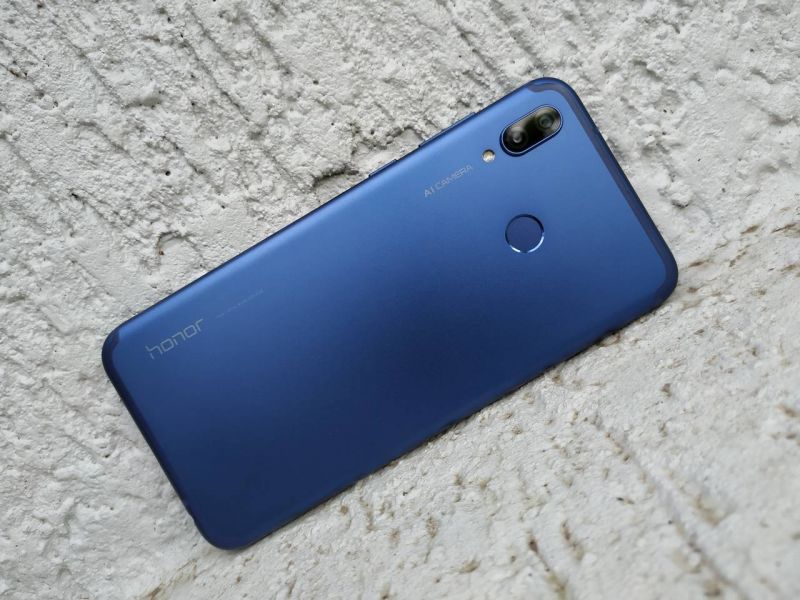
At first glance, the Play’s aesthetics seem passé — it appears to be a dull design. However, pay closer attention and you will find a stark resemblance to the metal-bodied iPhones of yesteryears. The build is impressive and the matte finish imparts a luxurious feel. The antenna lines on the edges and the vertically-stacked dual camera setup make for a cleaner look at the rear. The new ‘Huawei-esque’ vertically aligned Honor branding also adds to the premium sheen. The curved edges ensure a comfortable grip for longer sessions of usage. Look around and you will find a USB-C port and a 3.5mm headphone jack — features that every user expects on a phone these days.
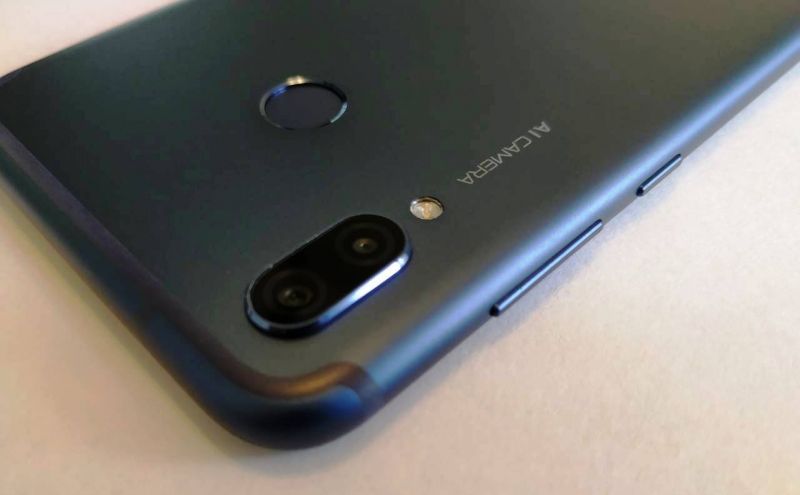
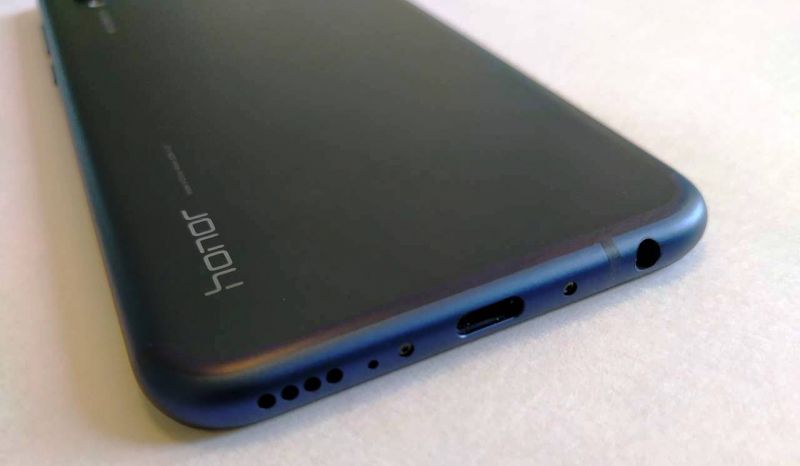
However, it’s a different game up front — there’s a fullscreen display with a notch, and a chin with Honor's branding on it. Nonetheless, even though the Honor Play may not win beauty pageants any day, it certainly appeals to those who prefer an understated, yet functional design on their phone.
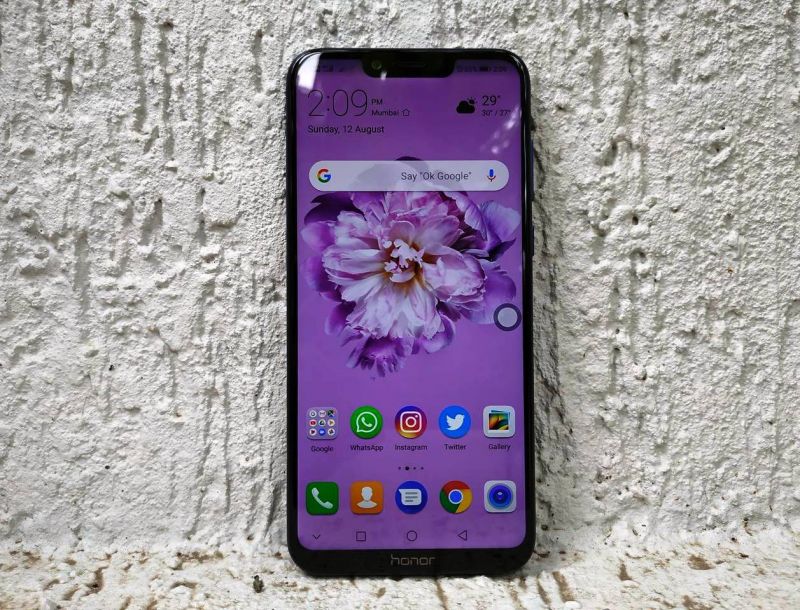
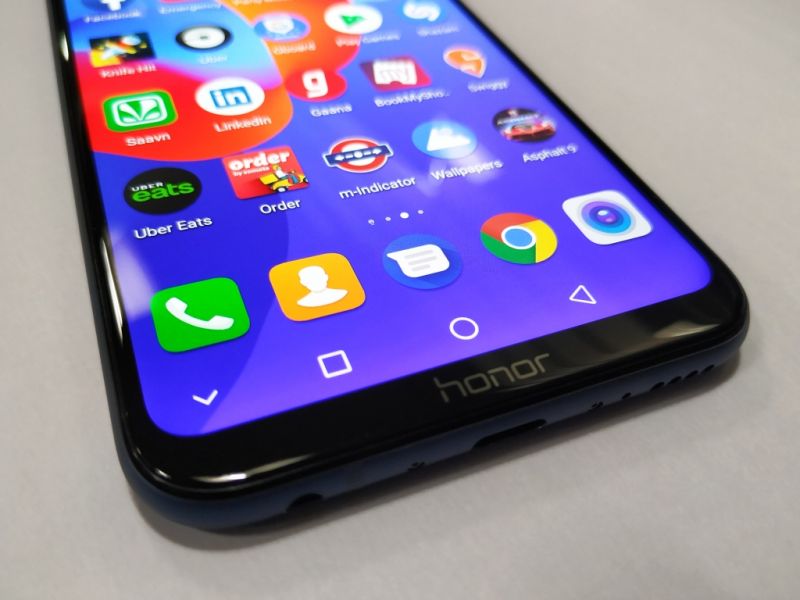
Display:
Whether it’s an ultra-low budget piece or their most exquisite flagship offering, Honor has always impressed us with the display. On the Play, it’s no different. The 6.3-inch full HD+ panel renders sharp images with a vibrant dynamic range and contrast. Viewing angles are wide while sunlight legibility is excellent.
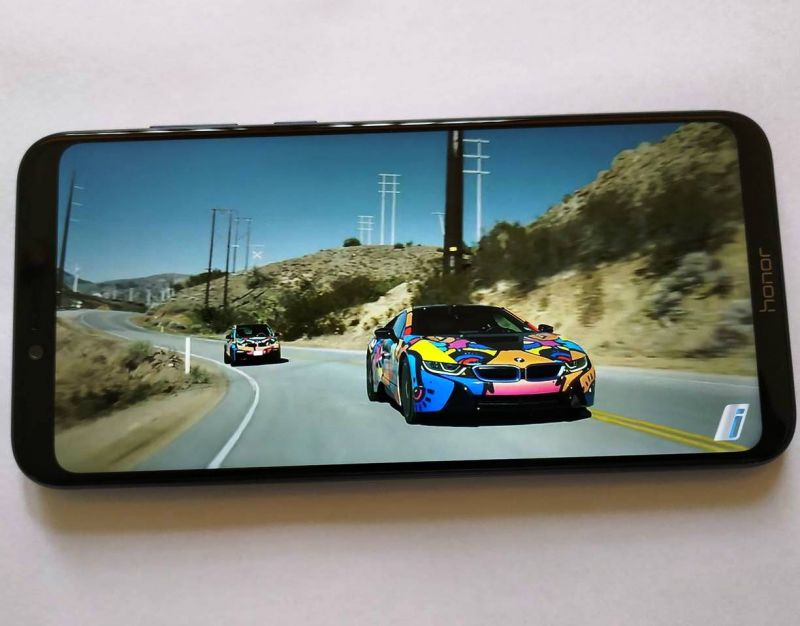

The notch is substantially large as it houses the earpiece and all the sensors, but liberates enough space to the sides for stuffing in the status bar elements. Since there are still many who don’t approve of the notch, Honor offers an option to hide it with software trickery. However, they have made sure that the notch is hidden is the most tasteful of ways — the black bar’s curved edges match the ones on the bottom of the display. This is the level of attention to detail that impresses performance enthusiasts. Hats off, Honor.
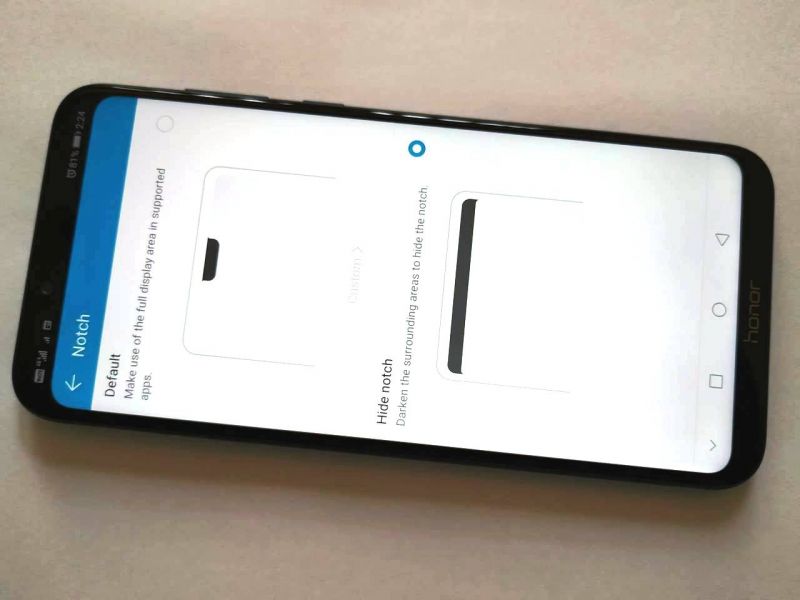
Performance:
This is where the Play really shows its muscles. This Play is built around Honor's flagship HiSilicon Kirin 970 chipset accompanied by up to 6GB of RAM and 64GB of storage, expandable up to 256GB. Huawei’s latest EMUI makes a return with Android 8.1 Oreo underneath to look after the errands.
Eager Huawei fans may note that the Kirin 970 is no more on par with the present day flagship chipsets from Qualcomm, MediaTek and Apple. The Kirin 970 competes with last year’s flagship chipsets and therefore sits a notch below the present bunch of flagship devices. However, it still has a lot of potential, considering it’s 10nm fabrication process and a dedicated Neural Processing Unit — features that have been debuted by rivals chip manufacturers in the present generation. That’s why Huawei still relies on it for its flagship P20 Pro we reviewed a few months ago. An Antutu score of around 200,000 for the Kirin 970 is certainly not bad in any sense in today’s age, especially when you consider rivals relying on midrange chipsets with much lesser capabilities.

Therefore, if you doubt the Play’s performance, keep your mind open. This phone delivers in a way you expect it to be — fast, fluid. Try hard bothering it with multiple apps and a game or two in the background, and the Play won’t blink. While most of this sheer performance can be attributed to the silicon underneath, Huawei’s efficient EMUI OS is the one that’s actually driving it. Surely, even in 2018, it doesn’t sport one of the best-looking UIs and the copious amount of bloatware irks those who yearn for a cleaner approach to an operating system. But, Honor has done a great job of optimising it with their hardware and topping it up with certain meaningful features that make it hard to let go once you switch to a different ecosystem.

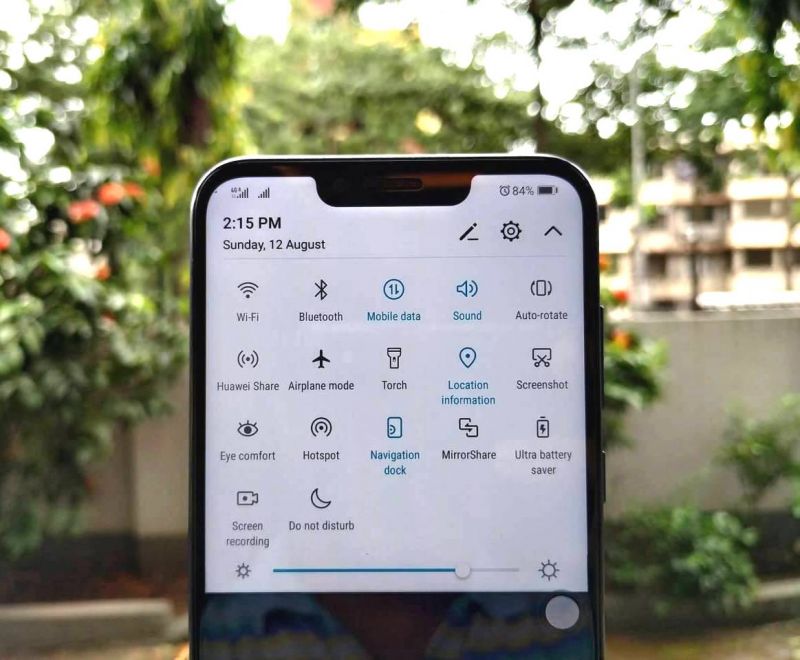

Features such as smart stay, which keeps the display alive till the time you are gazing at it, and multiple gesture-based navigation systems surely make you habituated to EMUI. A dedicated NPU also helps in making the UI more efficient with AI embedded in nooks and crannies. AI is used for Hi Touch, which uses image recognition to pull up Amazon links for a product displayed on the screen. AI is also used in tuning the audio through the 3.5mm headphone jack, which ensures 3D sound effects. There are several such features that are hard to dispose of once you get used to. Therefore, if you don’t approve of EMUI’s UI, just get a third-party launcher imitating stock Android UI and the OS becomes comfortable to live with.
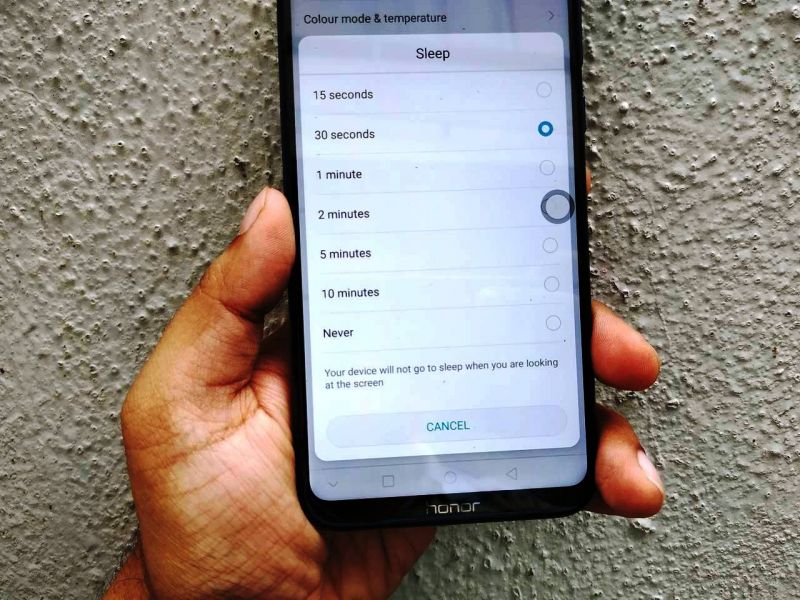
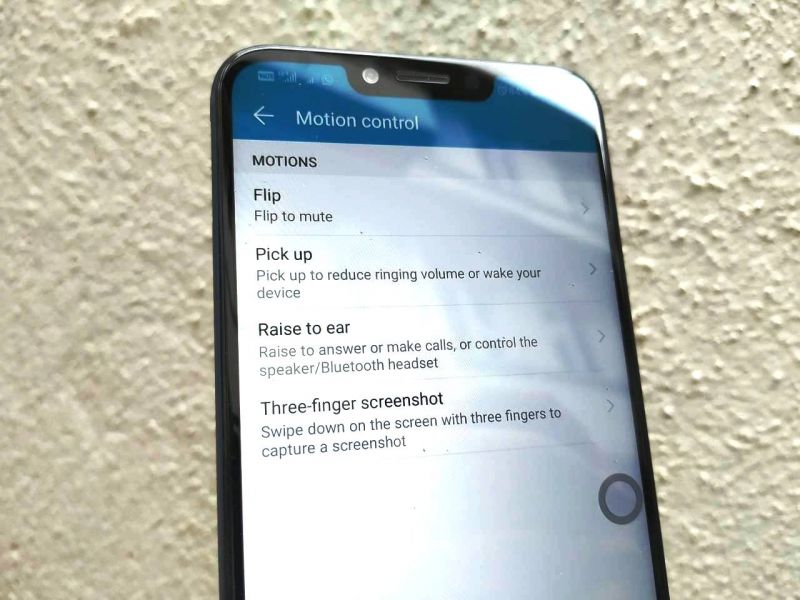
However, this is a gaming smartphone and a majority of its users will spend most day attacking virtual battlefields or taming cars on race tracks. While a flagship-grade chipset is usually enough to ensure smoother gameplay, Honor has thrown in GPU Turbo for good measures. GPU Turbo is a software arrangement that claims gains of up to 60 per cent in performance while consuming 30 per cent lesser power. In essence, the GPU Turbo feature makes the Mali-G72 MP12 GPU keep most of the rendered frames within the cache. When the game has to show a previously rendered set again and isn’t requiring any new elements on the screen, the GPU can reuse the previously rendered frames from the cache memory, resulting in higher and more stable frame rates, along with less strain on the CPU and battery.

While that may sound complicated, the outcomes in the real world are certainly noticeable. While playing PUBG Mobile, we noticed tremendous improvements in gameplay compared to other Honor/Huawei phones equipped with the Kirin 970 SoC. The lobby area and the aeroplane drop sequence in PUBG are fetched with higher frame rates, resulting in very smooth gameplay — even when you have enabled the HDR + High FPS graphics setting combo. A full session of a classic mode match observed controlled temperatures as well; however, battery levels dropped to about 20 per cent. Overall, this is impressive, considering the more expensive flagship smartphones with Snapdragon 845 chips manage to achieve similar performance, if not slightly better, while Honor does the same with a last-gen chipset and almost half that price.
Sadly, the highly advertised 4D Shock feature isn’t available yet (due with a future software update), which ensures feedback by using AI for scene detection — Honor says the phone will provide haptic feedback when you fire a gun or experience an explosion. Additionally, GPU Turbo is only optimised for PUBG MOBILE and Mobile Legends presently, with support for more games coming soon.
Overall, the Play truly stands on its promise of delivering high performance for longer sessions of usage. Gamers, this is the best option you have without pinching your wallets.
Camera:
Despite sporting flagship levels of performance, the Play is still a midrange smartphone and it makes it evident with its cameras. There’s a 16MP + 2MP dual camera setup for the rear while a 16MP sensor with f/2.0 aperture deals with selfie duties.
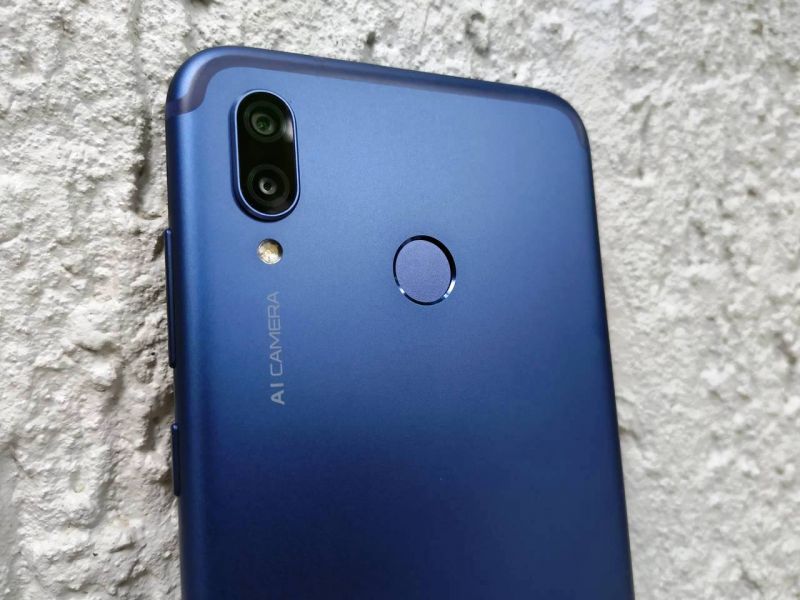
The rear setup is fairly capable in daylight, churning out photos with close-to-natural colours and ample details, with a slight inclination to overexposure. There’s an ‘AI mode’ enabled by default, which enriches photos with brighter hues and more sharpness. The AI mode’s results will be subjective — some may prefer the colour enhanced pictures while others may prefer the more natural approach to mobile photography when it's turned off. The best thing is that you can leave the AI mode turned ON while snapping photos and later remove its effects from the gallery if you don’t approve of it. However, the AI mode is certainly useful in low light areas and night, which helps it gather as much light as possible, with only one major drawback — ample noise due to high ISO levels. Don’t assume that the imaging capabilities are poor — shutterbugs will be happy for the most part, but this camera isn’t going to challenge anyone at the DxOMark race course.


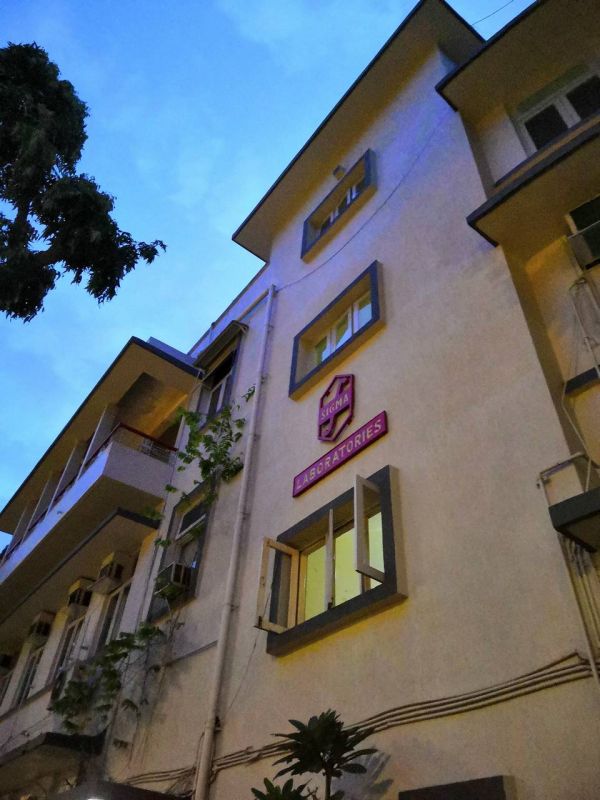




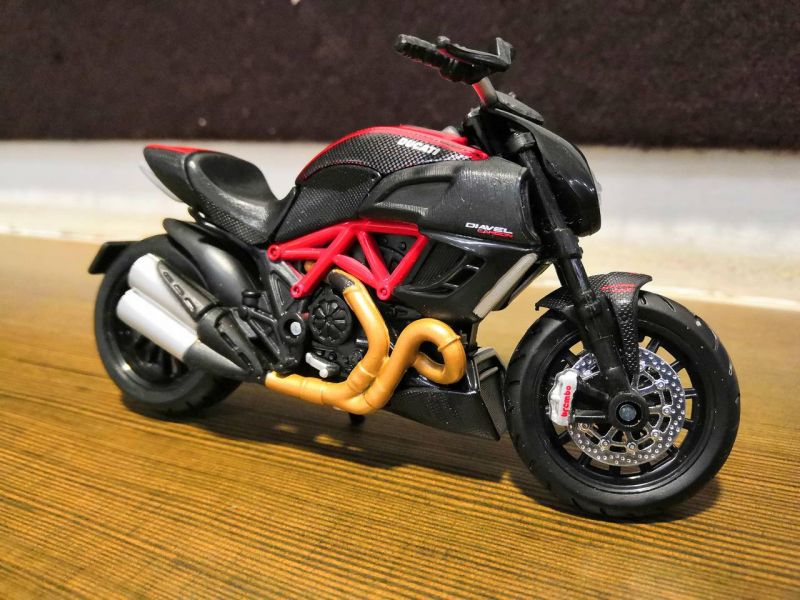
As for the front camera, the pictures taken are sharp and exhibit vibrant colours. AI is used here to snap bokeh photos with impressive separation between the subject and the background. For those living on Instagram, AR stickers are there to keep users engaged. The front camera is also responsible for the Face Unlock feature, which works pretty well even in low-light, but gives up completely when dark.
Battery:
To ensure that the your gaming isn't interrupted, Honor has equipped the Play with a reasonably big fuel tank — a 3750mAh Li-ion unit. Under moderate usage, which, on the Play, involves occasional half-an-hour of gaming sessions, incessant texting, video and audio streaming, and light photography, it will end the day with around 25 per cent juice left.
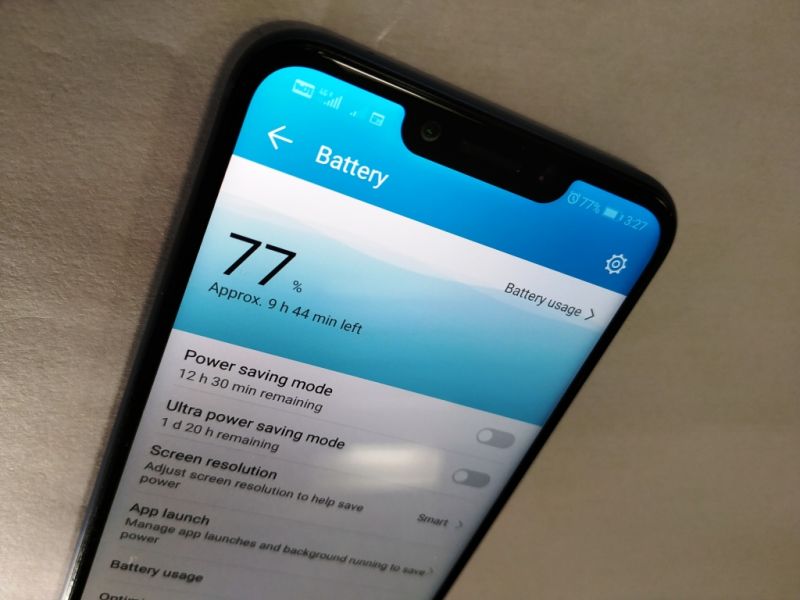
However, you don’t have to spend much time being plugged in at a socket as the Play supports Honor’s Quick Charge and comes bundles with an 18W adapter, which can top up from 50 per cent in just about an hour.
Conclusion:
If we go through all the major criteria that a smartphone has to adhere in order to be titled as a recommendable option, we find the Honor Play to come out with flying colours. It has an impressive metal unibody, a great display, astounding performance, a pair of capable cameras and a reliable battery life. In fact, it ticks all the right boxes that the average Indian consumer seeks. There’s no major drawback on the Play — if we had to nitpick, then Honor could do better with EMUI’s interface design and the camera quality has scope for improvement.

Should you invest in the Honor Play? Definitely, if all you seek is reliable gaming performance. At Rs 19,990, the Honor Play is as good as a smartphone can get in its price range. It outguns its rivals in the similar price bracket and even matches the flagship class smartphones of 2018 with its sheer gaming performance and the capability to be a reliable all-day companion.
